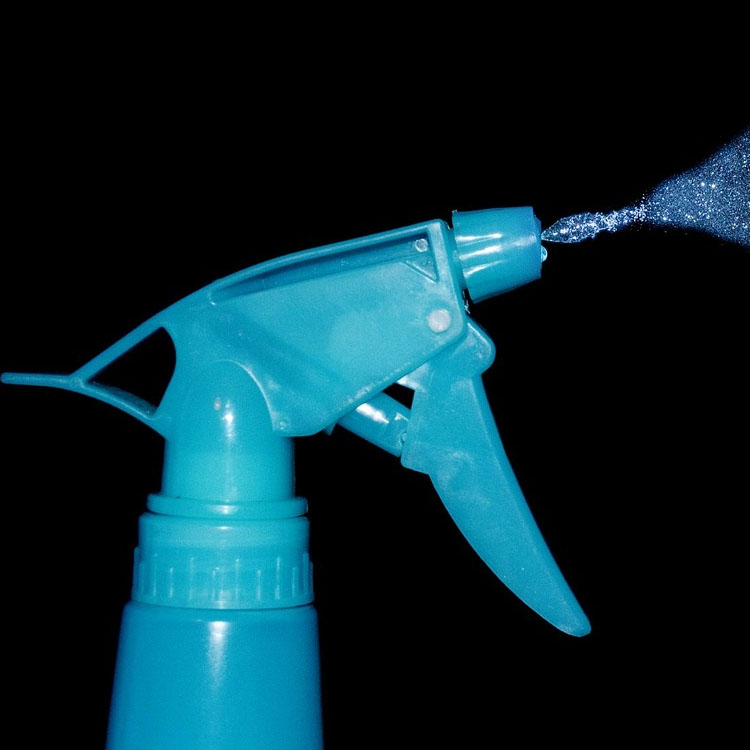Cleaning Pigeon Poop
Cleaning up the feces of any animal will be a labor intensive task and will require a great amount of care to insure there is nothing left behind, including particles of undigested food and bacteria. You can remove pigeon feces from most hard non-porous surfaces very easily, but permeable surfaces may require complete replacement in order to guarantee complete sanitation of the area affected by the pigeons. More often than not, homeowners undertake this task only to find out the extent of the droppings seemingly does not end, or they will need to make costly repairs. Read our guide on how to clean pigeon poop below for more information.
Gathering Safety Supplies
In order to clean up animal waste, make sure you have personal protection equipment (PPE).
- Long pants
- Long-sleeved shirt
- Waterproof gloves
- Eye protection
- Filter maske
- Closed-toe and waterproof shoes

Starting the Cleaning Process
The first step is to identify affected areas and divise a treatment plan. The following advice we will give will be for hard, non-porous surfaces. Without visual inspection we cannot give accurate advice on how to treat surfaces that are permeable and could allow the bacteria from pigeon droppings to soak beneath the surface. The best option when surfaces and materials become saturated with any animal feces or urine is to replace entirely.
Preparing the Cleaning Solution
A 10% solution of sodium hypochlorite will help eliminate bacteria from hard surfaces. Attic insulation and drywall will not fully respond to this treatment, and may damage it further. To prepare the solution, mix 1 part household bleach with 10 parts water in a clean bucket.
First Round of Cleaning
Soak the area covered in pigeon feces with the bleach solution and let it set into the droppings for at least 12 minutes. Harder remnants of the pigeon poop will become softer and easier to manage. This will also disinfect this layer so that it can be removed with scraping tools or even a mop. If you think there is still more hard pigeon waste behind after you've done this once, repeat the process until all of the feces has softened and is easily removable. A mop or spray bottle can effectively disperse the solution, and bleach sprayed in the air above the feces will help eliminate some air particles that contain the feces. Remove the loose feces debris and place in a bag for disposal. Make sure any bags are completely sealed before moving them, and dispose of them in accordance with local waste disposal regulations.
Second Round of Cleaning
Some tiled surfaces or hard surfaces with texture to them will require some scrubbing to fully disinfect and remove droppings. Dilute some antibacterial dish soap and with a scrub brush, work the solution into cracks and crevices, scrubbing hard to make sure that you've gotten it all out. Rinse with water and examine your work. If you feel that the area is clean of debris, move on to step three.
Third Round of Cleaning
It is time for another application of bleach. This time, use a thin application and do not soak the area completely. Allow it to set for 12 minutes, and do not rinse. Allow it to air dry. If this area is located outside, the UV rays from sunlight will replace this step because they have disinfecting properties. Do not allow humans or pets to come into this area until it is completely dry.
